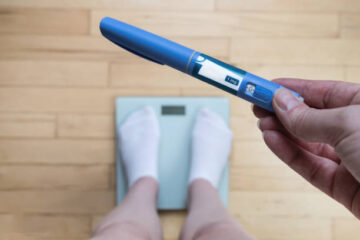Cannabidiol (CBD) is a naturally occurring compound found in the hemp plant. It has gained significant attention recently due to its potential therapeutic benefits, from pain relief to anxiety and stress management.
But how exactly is CBD extracted from the hemp plant? And what processes are involved in purifying it for consumption?
In this article, we will delve into the science behind hemp extractors and explore the different methods used to extract and purify CBD.
Understanding Hemp Extraction Methods
Hemp processing equipment plays a significant role in how CBD is extracted from hemp plants. The extraction process is crucial because it determines the quality and purity of the final CBD product. There are several methods to extract CBD, but the most common ones include:
CO2 Extraction
This method uses pressurized carbon dioxide to pull CBD and other phytochemicals from the cannabis plant. It’s known for producing highly pure and potent CBD extracts.
Hydrocarbon Extraction
Here, solvents like butane or propane are used to extract CBD. Although effective, this method requires careful purging of the solvents to ensure the final product is safe for consumption.
Ethanol Extraction
In this process, high-grade grain alcohol is used as a solvent to extract CBD. Due to its efficiency, it’s a popular method for large-scale operations.
Each method has its pros and cons, but all aim to carefully isolate the desired compounds while leaving behind unwanted materials.
The Role of Extraction Machines
The extraction machine is the heart of the process. It is designed to handle specific extraction methods, from CO2 to hydrocarbons.
For example, a hydrocarbon extraction machine is built to manage the volatile nature of solvents like butane. This provides a closed and controlled environment for safe extraction.
These machines are not just about extraction. They are also about precision and control. It allows producers to target specific compounds and achieve CBD’s desired purity and concentration levels.
From Plant to Pure CBD: The Purification Process
After extraction, the CBD-rich solution still contains unwanted fats, waxes, and other plant materials. This is where purification comes into play. Techniques such as winterization and distillation are commonly used to refine the extract further:
Winterization
This process removes fats and waxes by mixing the extract with alcohol and freezing it. This helps separate the impure components.
Distillation
Uses heat and vacuum to vaporize and collect different compounds based on their boiling points. This method is key to achieving high-purity CBD.
Through these purification processes, CBD extract is transformed into a concentrated form. This final product can then be used to create a wide range of CBD offerings, from topical creams to ingestible oils.
Choose products from reputable companies that use high-quality extraction and purification methods to ensure you get the purest form of CBC for sale.
Exploring The Science Behind Hemp Extractors
The science behind hemp extractors is a fascinating topic that continues to evolve as the demand for CBD grows. With a better understanding of how CBD is extracted and purified, consumers can make informed decisions about the products they incorporate into their daily routines.
As always, consult with a healthcare professional before adding any new supplements or medications to your regimen. So, do your research and find the best CBD product that fits your needs and preferences!
Was this article helpful? If so, check out the rest of our site for more informative content.




